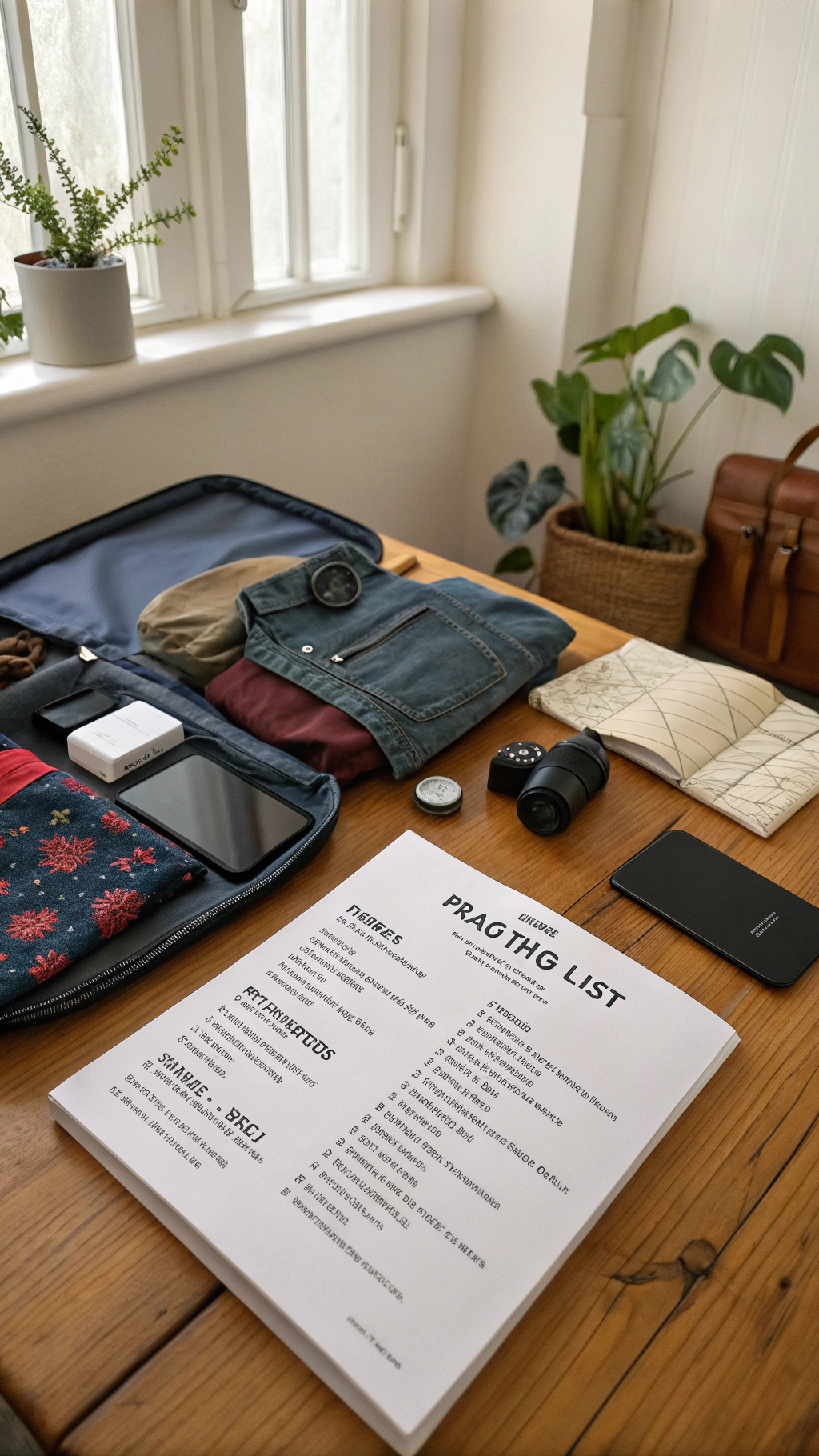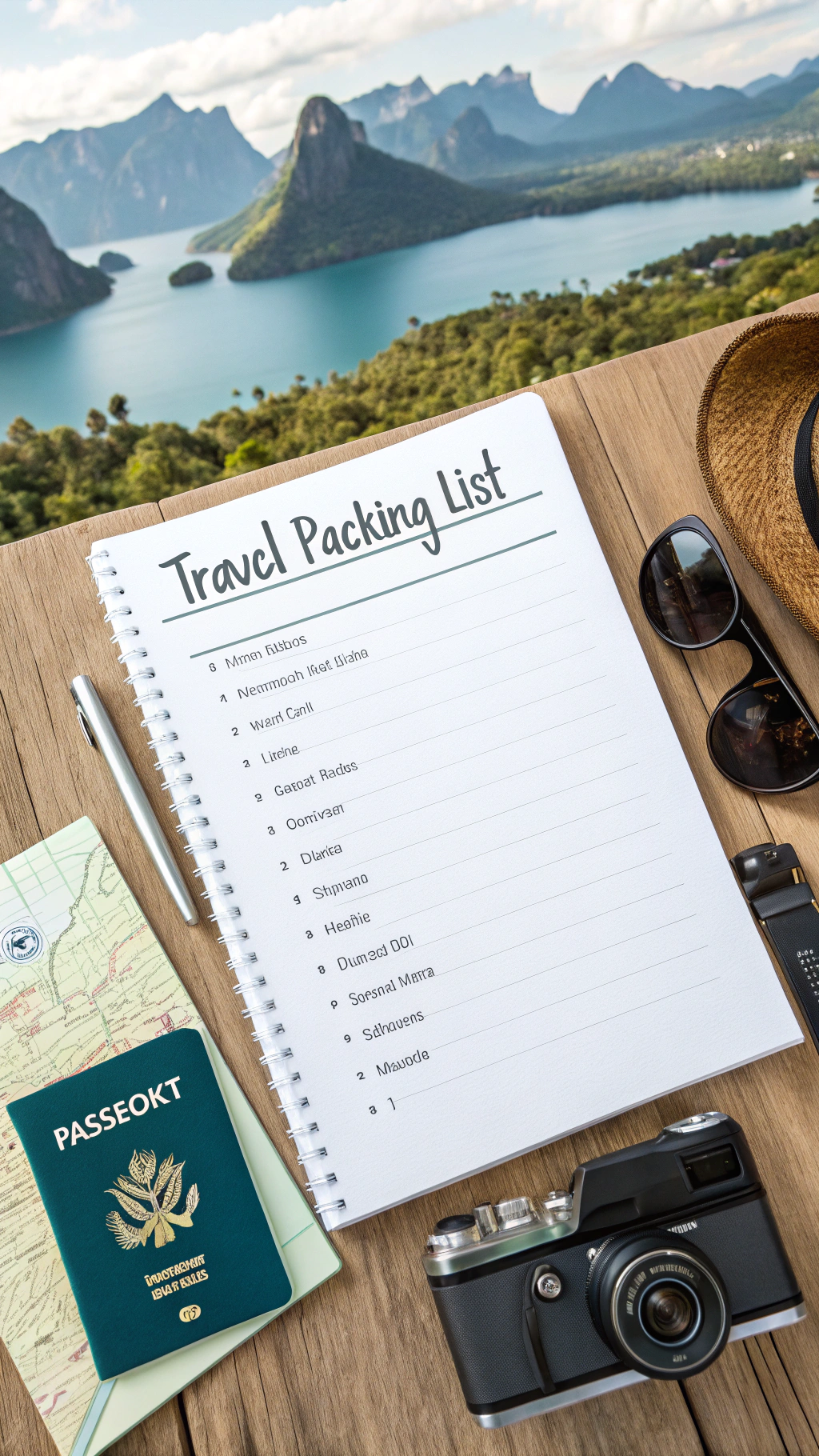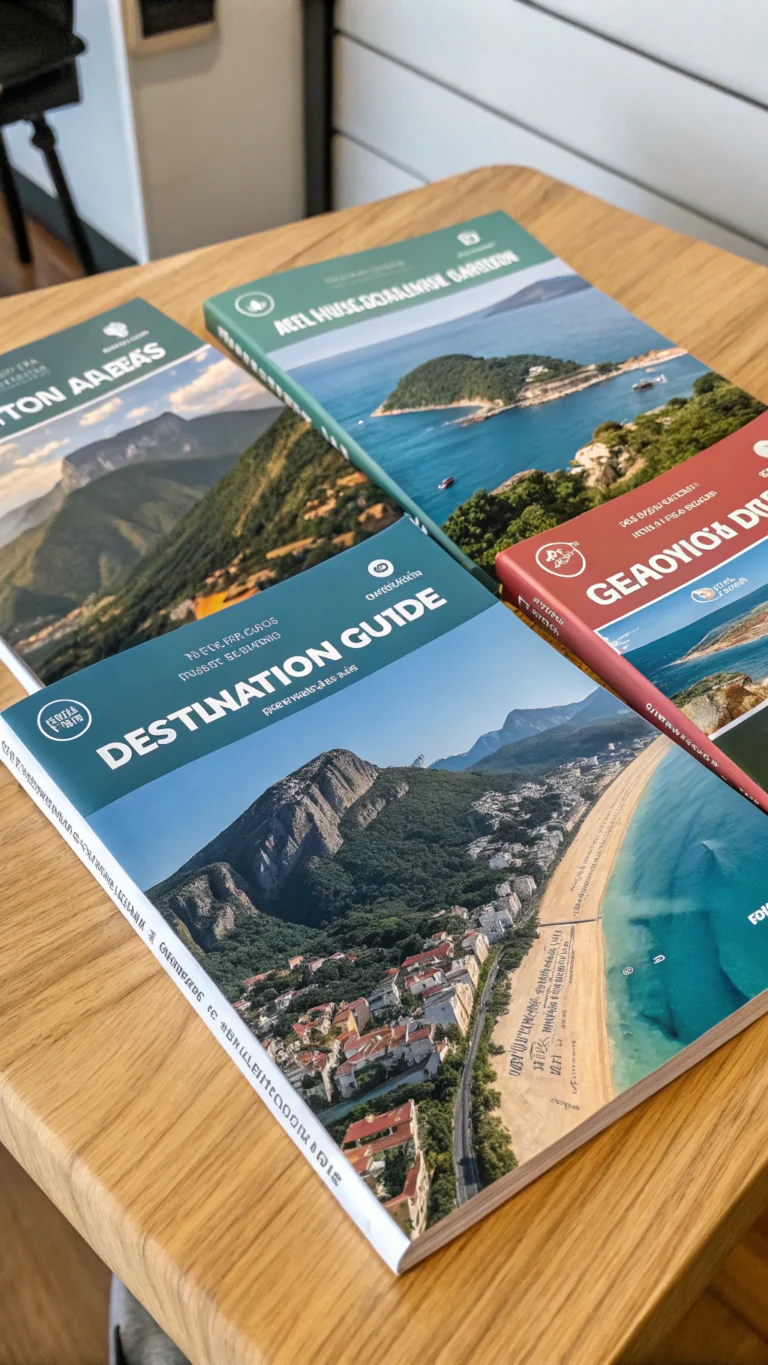Travel Packing List: 7 Essentials You Shouldn’t Forget!
Table of Contents
Introduction
Have you ever reached your ideal location only to discover that you’ve overlooked something important? According to a 2023 Skyscanner survey, 78% of travelers acknowledge that they have forgotten at least one necessary item on every trip, so you’re not alone. Making a thorough packing list for your trip is important for more reasons than convenience; it also helps you prepare for a stress-free trip. Knowing just what to pack may make or ruin any trip, whether you’re planning a month-long adventure or a weekend retreat. Let’s explore the seven must-have items that, according to traveler statistics and professional advice, ought to be on every packing list.
The Art of Packing: Why It Matters

Although packing may appear simple, it’s actually a skill that gets better with practice. According to a 2022 TripAdvisor study, the typical traveler packs for a week-long journey for 3.5 hours. Instead, you might use that important time to plan experiences! In addition to saving time, a well-planned packing list lowers the risk of overpacking, which is an issue that 65% of travelers face, as they usually wear just 60% of their belongings.
Two to three days prior to travel is the ideal time to begin packing because it will allow you to remember any goods you may have initially forgotten. When visiting somewhere with few shopping alternatives or specific climate requirements, this kind of advance planning is very crucial.
Essential Categories for Your Packing Strategy
Before diving into specific items, it’s helpful to organize your travel packing list into categories. This approach ensures you cover all bases:
- Documentation and money
- Clothing and footwear
- Toiletries and medications
- Electronics and accessories
- Comfort items
- Emergency supplies
- Destination-specific gear
Each category requires thoughtful consideration based on your specific trip details, but there are universal essentials within each that every traveler should include.
The 7 Non-Negotiable Travel Essentials
1. Documentation Portfolio
Nothing derails a trip faster than missing or disorganized documentation. Your must-haves include:
- Passport/ID (with at least six months validity)
- Visa documentation or entry requirements
- Travel insurance details (physical and digital copies)
- Vaccination records or health requirements
- Hotel and transportation confirmations
- Emergency contact information
Pro tip: Create a digital backup of all documents in a cloud service and share access with a trusted person back home. According to the U.S. State Department, documentation issues account for 41% of travel emergencies.
2. Universal Adapter and Power Bank
The modern traveler’s lifeline, a quality universal adapter with multiple USB ports serves multiple devices simultaneously. Pair this with a high-capacity power bank (20,000mAh minimum for multiple charges). Data shows that 89% of travelers rate losing power access as their top technology concern while traveling.
3. Versatile Clothing System
The key is creating a capsule wardrobe where everything coordinates:
- 3 tops that can be layered
- 2 bottoms that match all tops
- 1 versatile outer layer (weather-appropriate)
- Comfortable walking shoes + 1 dressier option
- Quick-dry undergarments and socks
This system, based on the 5-4-3-2-1 packing method, creates 15+ outfit combinations while minimizing space.
4. First Aid and Medication Kit
A compact but comprehensive kit should include:
- Prescription medications (in original containers with prescriptions)
- Basic pain relievers and anti-inflammatory medication
- Bandages, antiseptic wipes, and blister treatment
- Anti-diarrheal medication and rehydration sachets
- Motion sickness remedies if applicable
- Allergy medication
Statistics from the World Health Organization show that 60% of travelers experience health issues, primarily gastrointestinal problems, during international trips.
5. Multifunction Toiletry Kit
Opt for travel-sized, leak-proof containers filled with concentrated products:
- 3-in-1 products (shampoo/conditioner/body wash)
- Solid toiletries (shampoo bars, solid perfume)
- Antimicrobial quick-dry towel
- Multipurpose moisturizer (face, body, and hands)
- Toothbrush with cover and toothpaste
6. Security Essentials
Peace of mind items that savvy travelers never skip:
- RFID-blocking wallet or pouch
- TSA-approved luggage locks
- Money belt or hidden pouch
- Photocopy of passport (stored separately)
- Travel insurance contact information
7. Comfort Kit for Long Journeys
The difference between exhaustion and arriving refreshed:
- Quality eye mask and earplugs
- Compression socks for flights
- Foldable water bottle
- Lightweight scarf (serves as blanket, pillow, or fashion accessory)
- High-protein, non-perishable snacks
Common Packing Mistakes to Avoid
Experienced travelers consistently report these top packing errors:
- Overpacking “just in case” items: 72% of these items are never used
- Ignoring destination weather forecasts: Pack for actual conditions, not assumptions
- Bringing full-sized toiletries: These consume 30% of the average suitcase volume
- Failing to leave room for souvenirs: Allow 20% empty space when departing
- Packing at the last minute: This increases forgetting essentials by 40%
Budget-Friendly Packing Hacks
Creating the perfect travel packing list doesn’t have to break the bank:
- Use packing cubes to optimize suitcase space (increases capacity by 30%)
- Repurpose contact lens cases for small amounts of product
- Use binder clips to protect razor blades
- Pack dryer sheets between clothes to keep them fresh
- Use a pill organizer for jewelry and small accessories
Final Thoughts
These seven necessities serve as the cornerstone of stress-free travel preparation, but keep in mind that the ideal packing list is tailored to your particular trip. You’ll reach your destination ready to take in the events that are most important if you concentrate on adaptability, readiness, and efficiency.
Spend some time tailoring these categories to your own requirements before your next trip, and think about creating a “practice pack” a week prior to departure to make sure everything fits and nothing is overlooked. Have you found a revolutionary travel necessity? Leave a comment below with your packing tips!
FAQs
How many days should I begin packing for a trip?
A: To allow for last-minute additions or purchases, start making your list seven to ten days before departure and begin actual packing two to three days earlier.
What is the most effective method for packing liquids to stop leaks?
A: Store bottles in an upright, sealed plastic bag in your luggage after placing a small piece of plastic wrap underneath screw-on caps before tightening them.
When packing, should I fold or roll my clothes?
A: While folding is ideal for rigid items like formal shirts and blazers, rolling saves up to 20% more space and works best for casual materials like jeans and t-shirts.
How can I effectively pack for different climates?
A: Pay more attention to technical, thin layers than heavy ones. With the least amount of space, the core-to-shell method (base layer, insulating layer, weather protection layer) offers the greatest versatility.
What are the current carry-on liquid regulations set forth by TSA?
A single, clear, quart-sized zip-top bag must hold all liquids, gels, and aerosols in containers 3.4 ounces (100 ml) or less. There can only be one of these bags per traveler.







